Top Places to Visit in Bhutan: A Complete Travel Guide
Bhutan, the Land of the Thunder Dragon, is a hidden gem in the Himalayas, offering a perfect blend of natural beauty, spiritual heritage, and cultural richness. From iconic monasteries to serene valleys, here’s a detailed guide to the best places to visit in Bhutan, including hidden gems and must-see attractions.
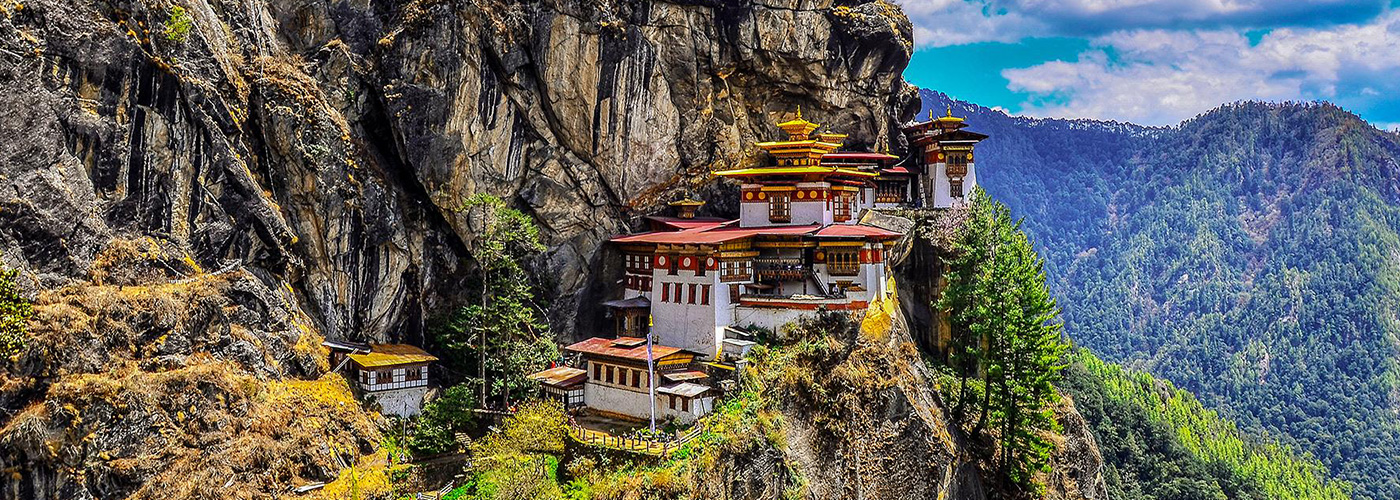
Tiger's Nest Monastery (Paro Taktsang):
Perched on a cliff at 3,120 meters, this iconic monastery is one of Bhutan's most sacred sites. Legend says Guru Rinpoche (Padmasambhava) flew here on the back of a tigress to meditate in the 8th century. The hike to the monastery takes about 2-3 hours and offers stunning views of the Paro Valley.

Paro Valley:
Known for its fertile fields, traditional farmhouses, and serene atmosphere, the valley is a gateway to Bhutan's cultural heart. Visit Drukgyel Dzong, a ruined fortress that commemorates Bhutan's victory over Tibetan invaders.
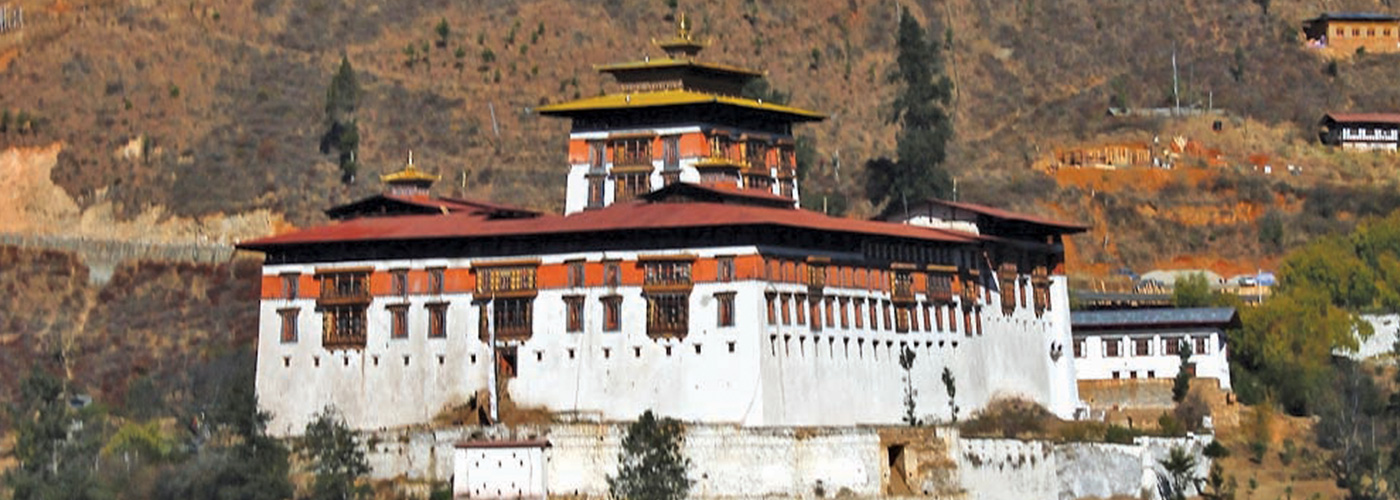
National Museum of Bhutan:
Housed in a 17th-century watchtower, the museum displays artifacts, thangkas (Buddhist paintings), and historical items that provide insight into Bhutan's history and culture.
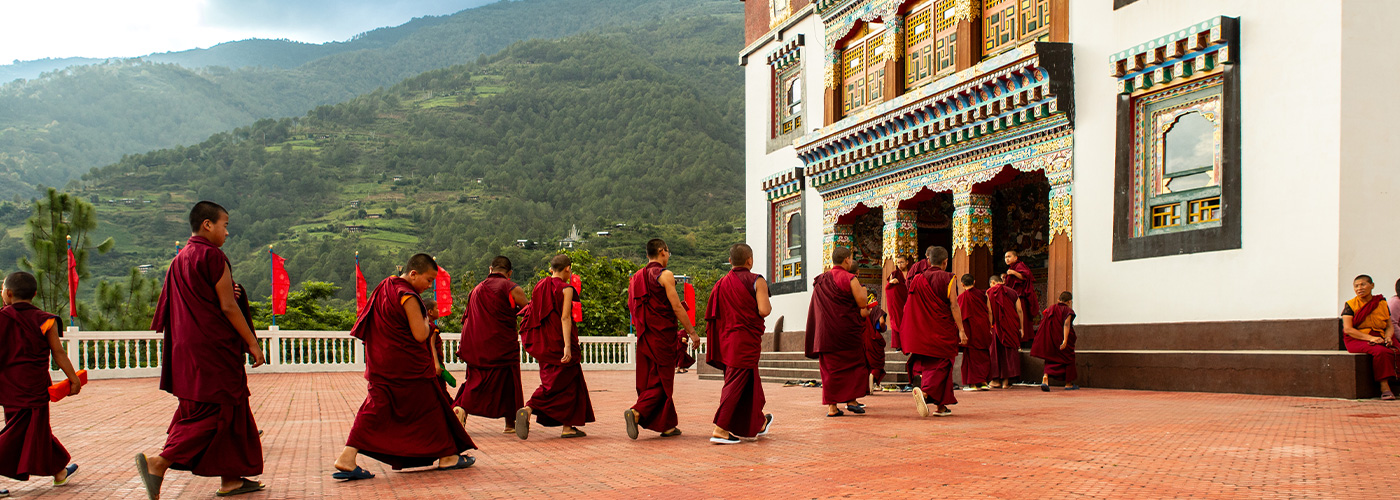
Tashichho Dzong:
This fortress-monastery is the seat of Bhutan's government and the central monastic body. It is an architectural masterpiece with whitewashed walls and golden roofs.
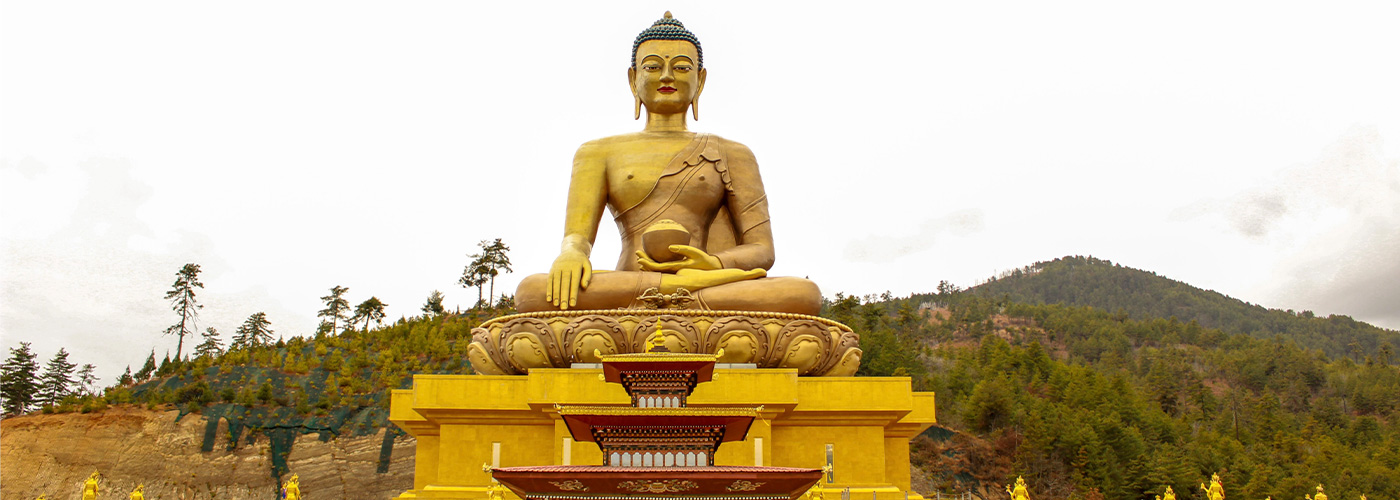
Buddha Dordenma Statue:
A 51-meter-tall bronze statue of Buddha, one of the largest in the world, located on a hilltop overlooking Thimphu. It houses 125,000 smaller Buddha statues inside.
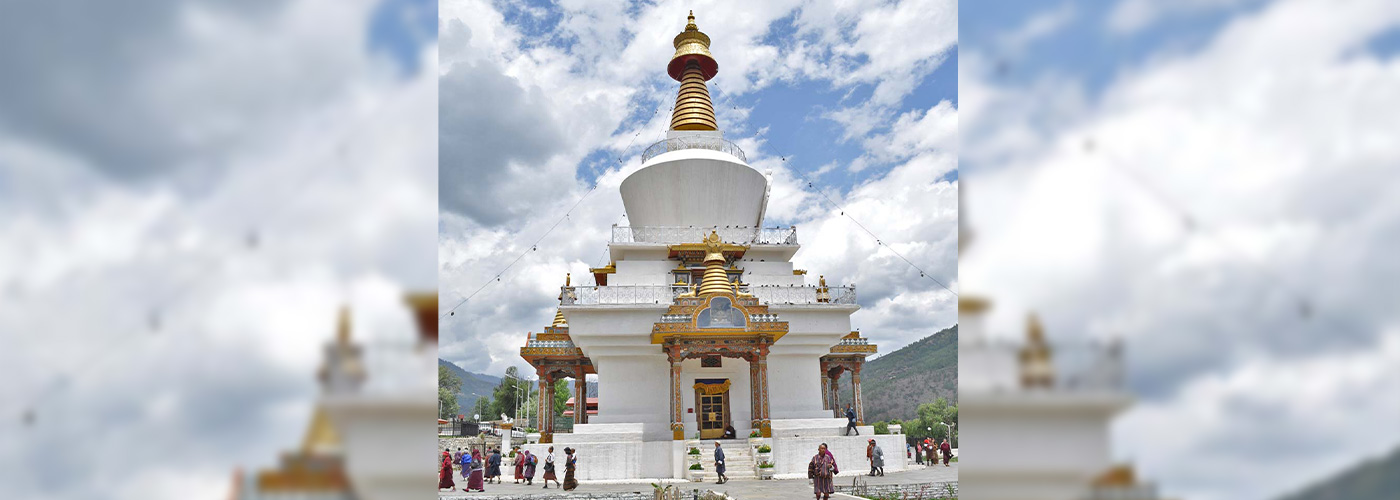
Memorial Chorten:
Built in honor of Bhutan's third king, Jigme Dorji Wangchuck, this stupa is a hub of daily prayers and rituals for locals.
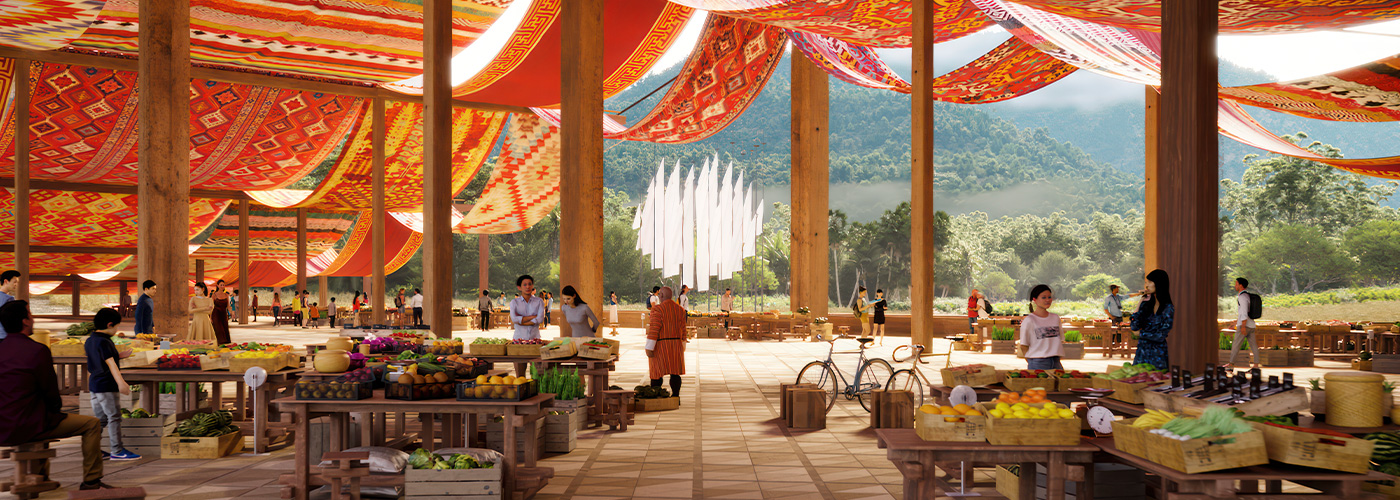
Weekend Market:
A vibrant market where locals sell fresh produce, handicrafts, and traditional Bhutanese goods.
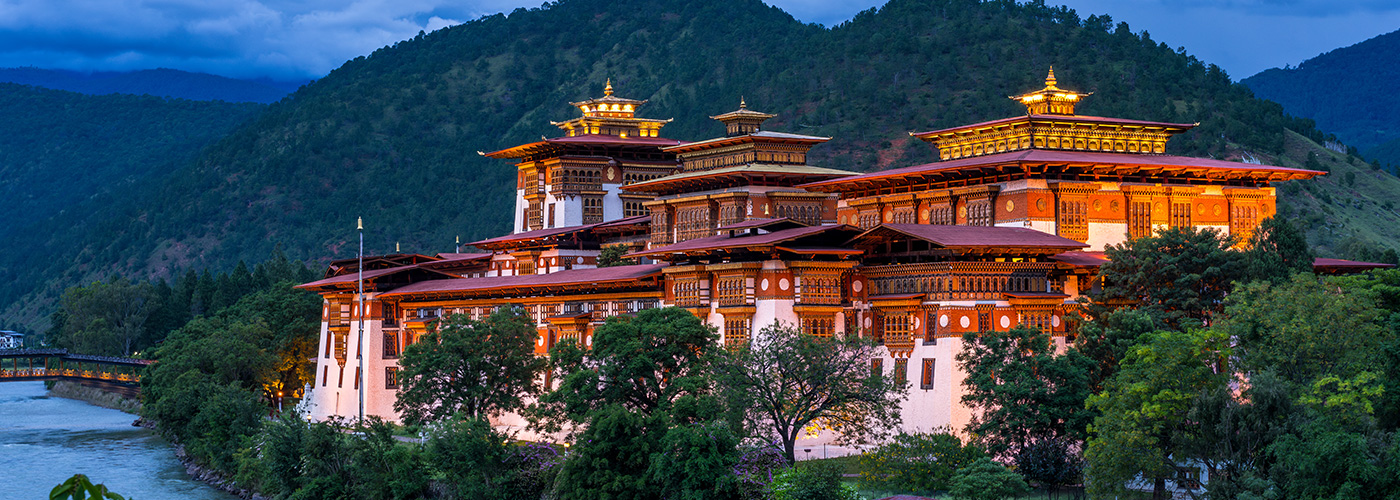
Punakha Dzong:
Known as the "Palace of Great Happiness," this dzong is one of the most beautiful in Bhutan. It sits at the confluence of the Pho Chhu and Mo Chhu rivers and served as the capital of Bhutan until the 1950s. It is also the site of the coronation of Bhutan's kings.
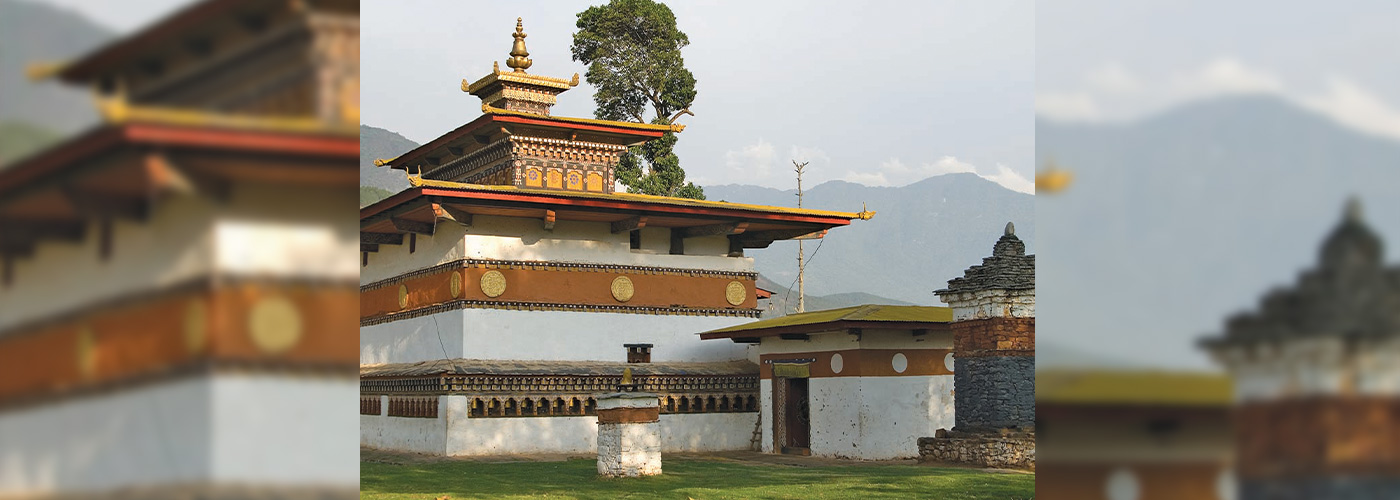
Chimi Lhakhang:
A fertility temple dedicated to Lama Drukpa Kunley, the "Divine Madman." Couples seeking blessings for children often visit this temple.
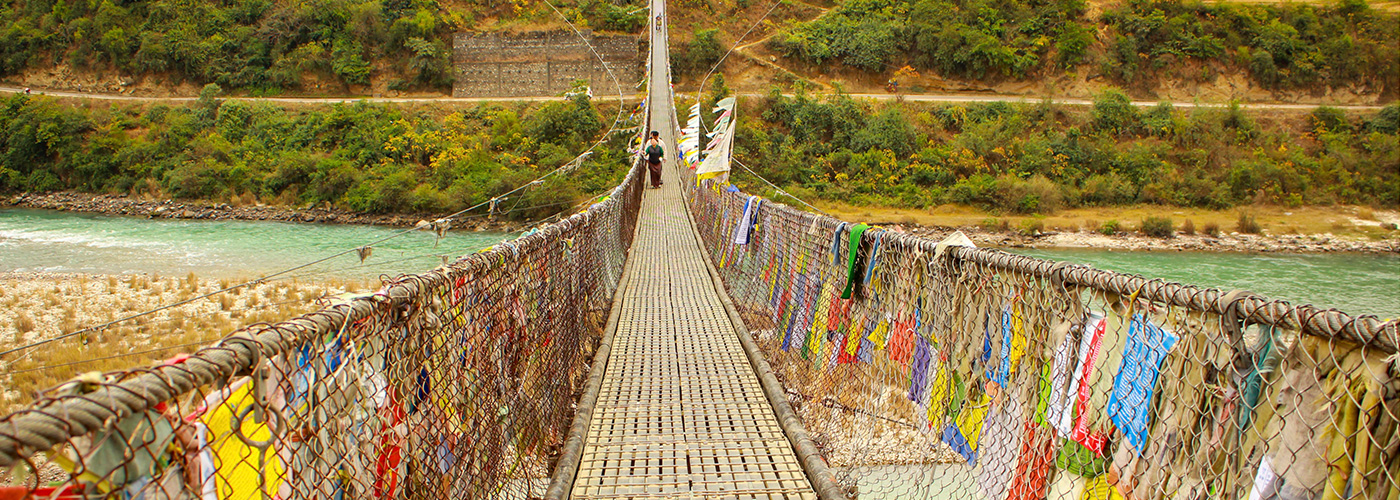
Suspension Bridge:
One of the longest suspension bridges in Bhutan, offering stunning views of the river and valley.
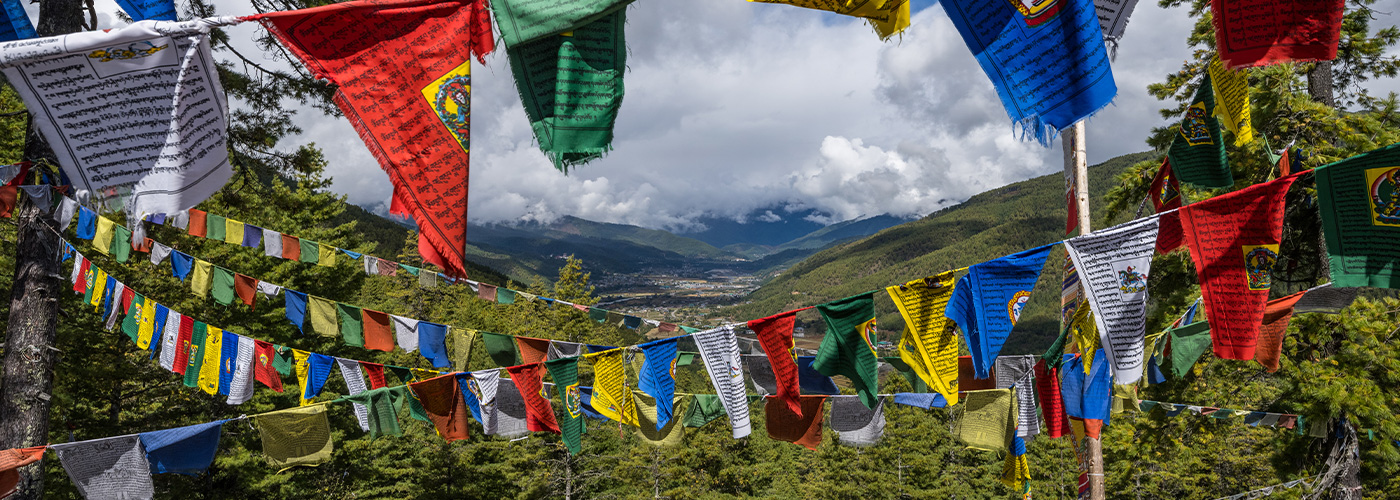
Jakar Dzong:
Known as the "Castle of the White Bird," this dzong is one of the largest in Bhutan and serves as the administrative and religious center of the region.
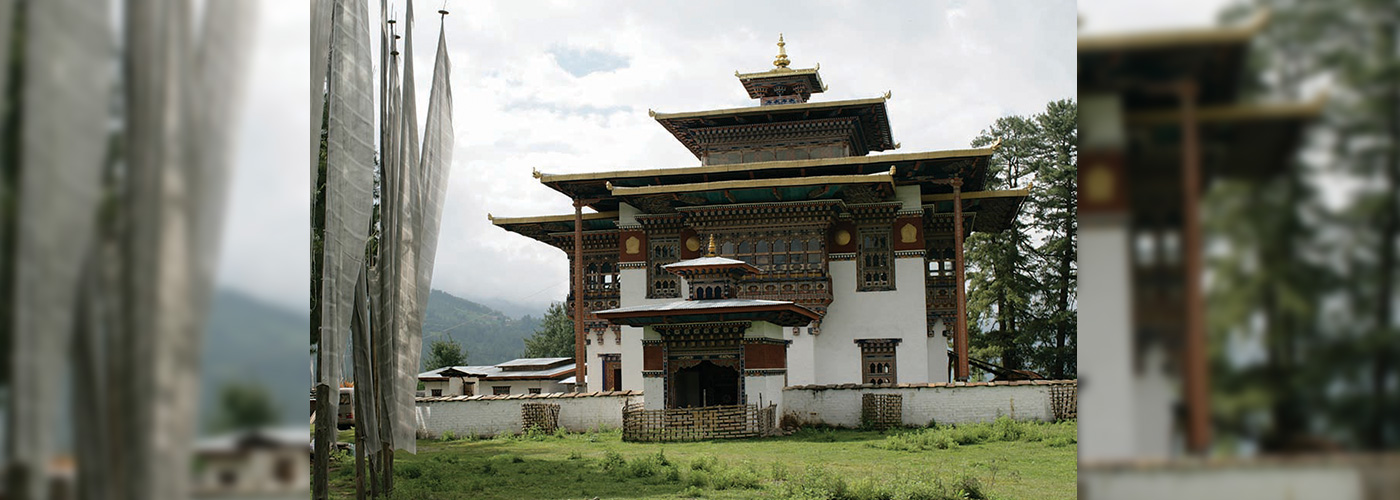
Kurjey Lhakhang:
A sacred temple complex where Guru Rinpoche left his body imprint on a rock. It is one of the most important pilgrimage sites in Bhutan.
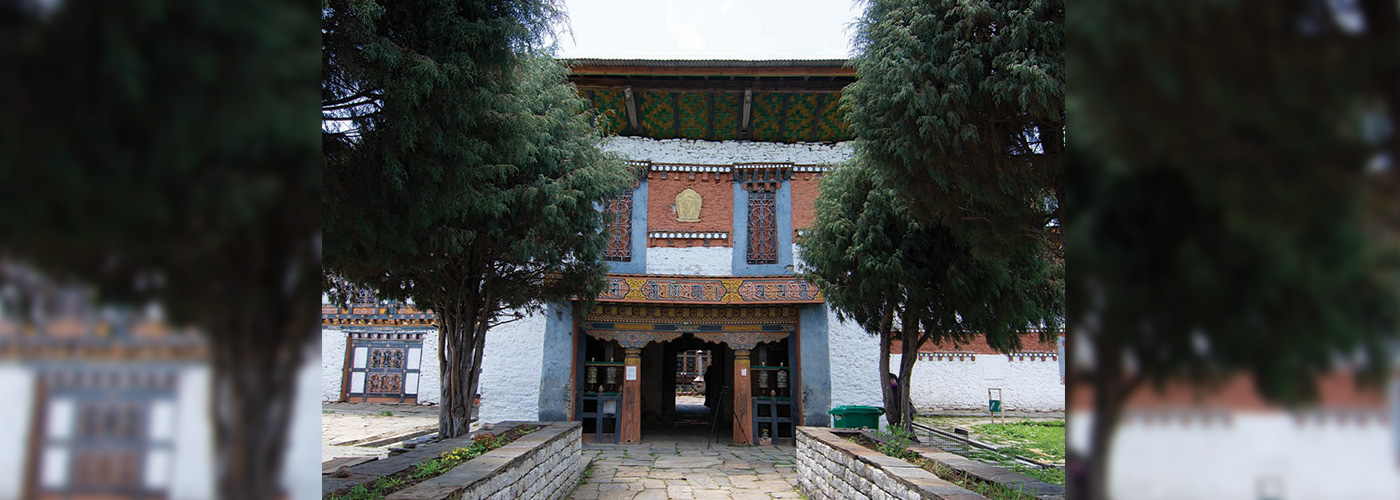
Jambay Lhakhang:
One of the oldest temples in Bhutan, built in the 7th century by Tibetan King Songtsen Gampo.
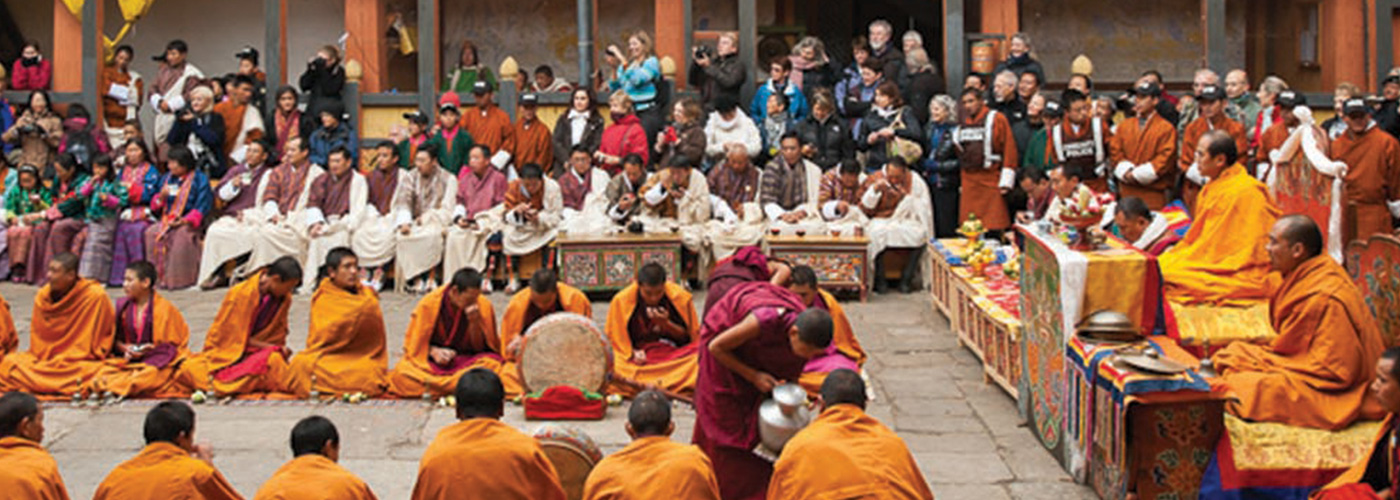
Bumthang's Festivals:
The valley hosts vibrant festivals like Jambay Lhakhang Drup and Tamshing PhalaChoepa, featuring masked dances and religious rituals.
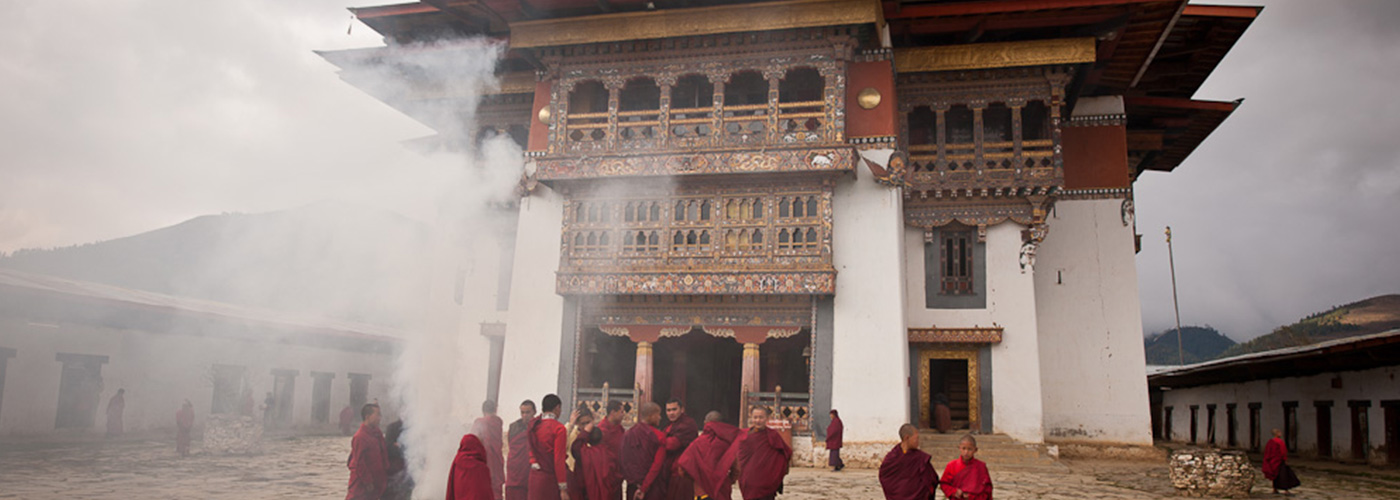
Gangtey Monastery:
A 17th-century monastery that is the spiritual heart of the valley. It offers panoramic views of the surrounding landscape.
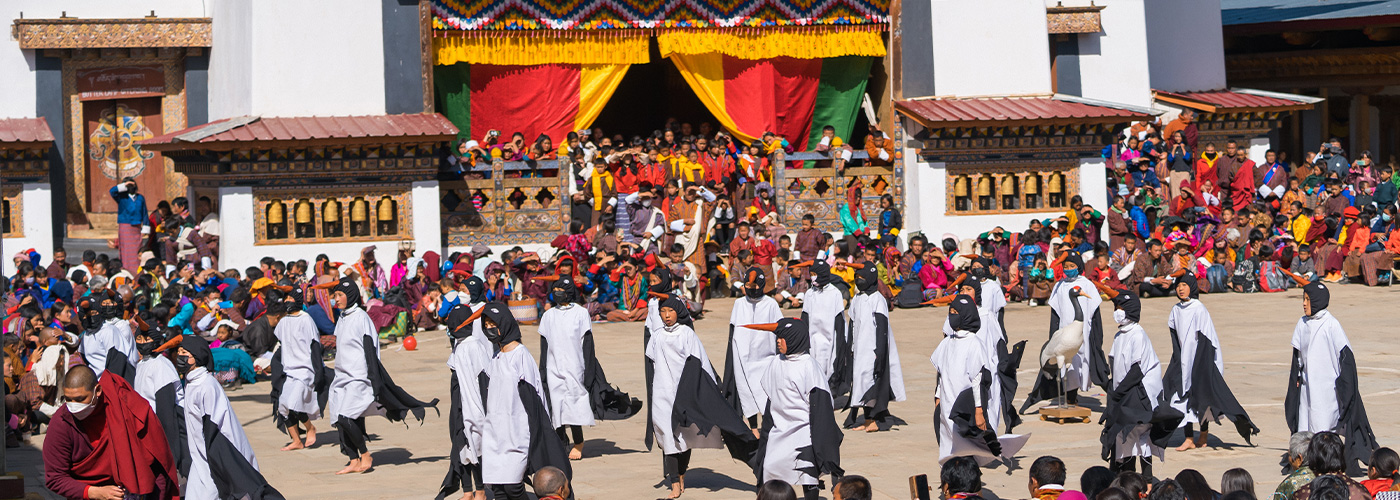
Black-Necked Cranes:
Every winter, endangered black-necked cranes migrate to the valley from Tibet. The Crane Festival celebrates their arrival with cultural performances.

Gangtey Nature Trail:
A scenic hike through forests, villages, and open fields, offering a chance to experience rural Bhutanese life.
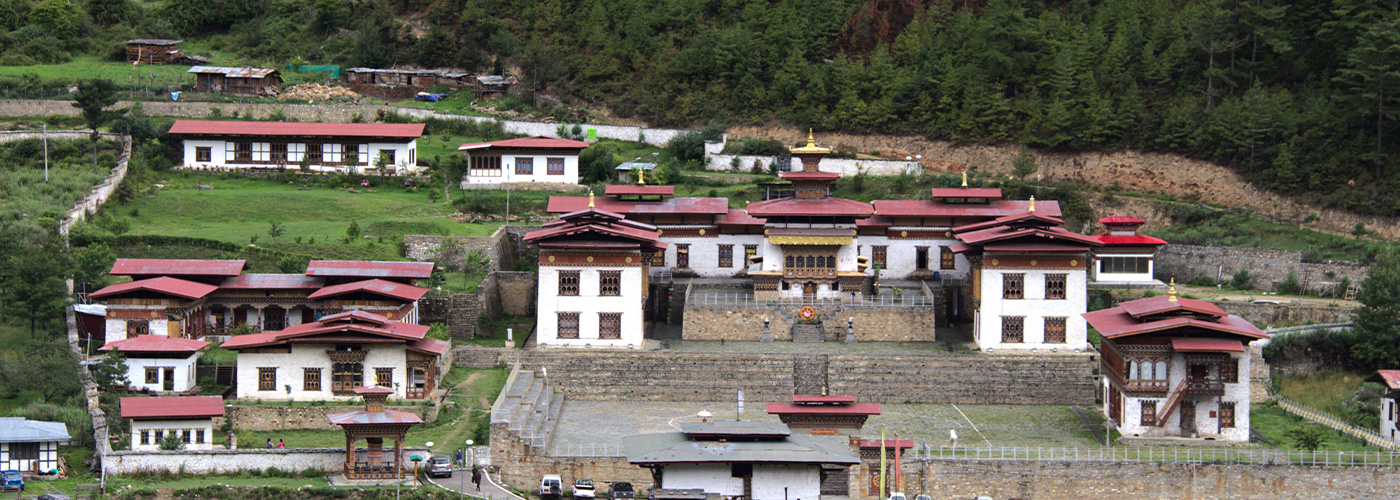
Lhakhang Karpo and Lhakhang Nagpo:
Twin temples with white and black exteriors, believed to have been built in the 7th century by Tibetan King Songtsen Gampo.

Haa Summer Festival:
A celebration of Bhutanese culture, featuring traditional dances, local cuisine, and displays of nomadic life.
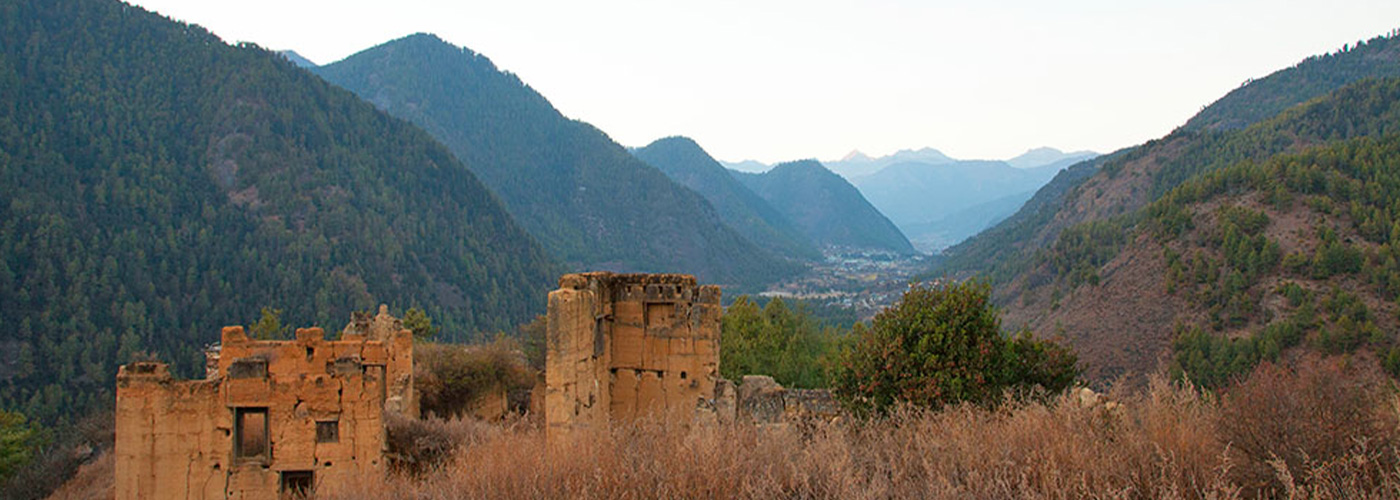
Dzongkha (Haa Dzong):
A small but historically significant dzong located in the valley.
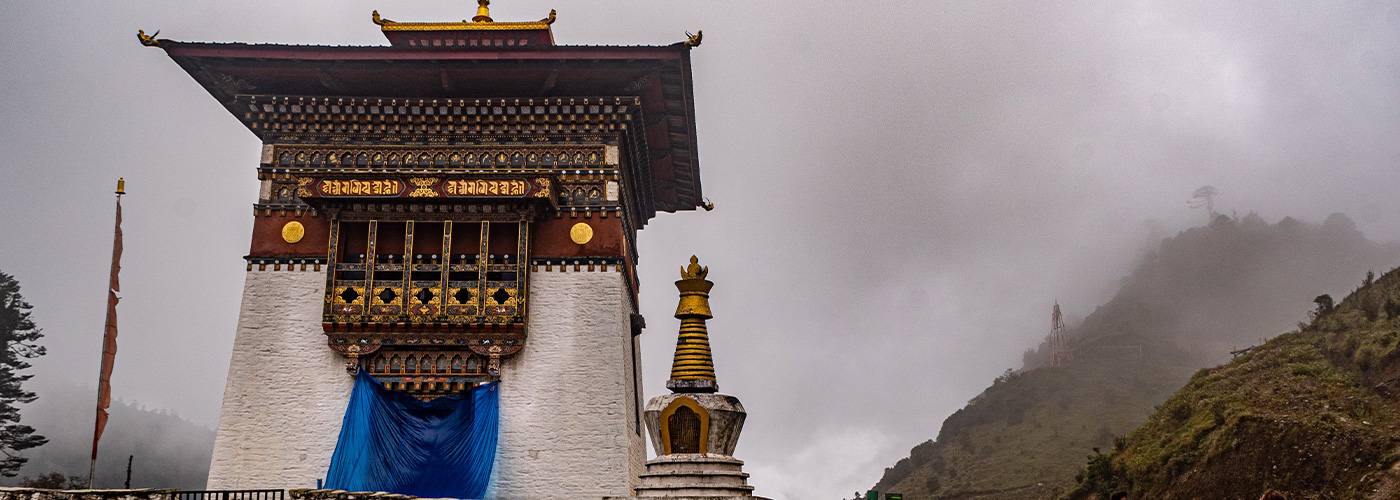
Wangdue Phodrang Dzong:
A historic fortress that played a key role in unifying Bhutan. Although damaged by fire in 2012, it remains a symbol of Bhutan's resilience.

Gangtey Nature Trail:
A peaceful hike through forests, villages, and farmland, offering stunning views of the valley.
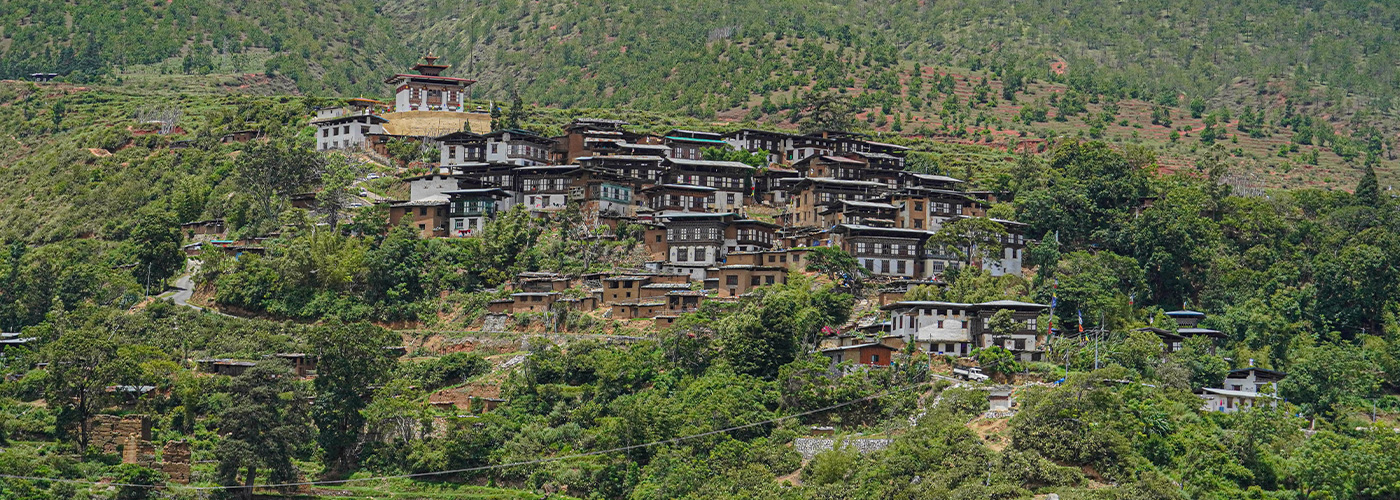
Rinchengang Village:
A traditional Bhutanese village known for its unique architecture and warm hospitality.
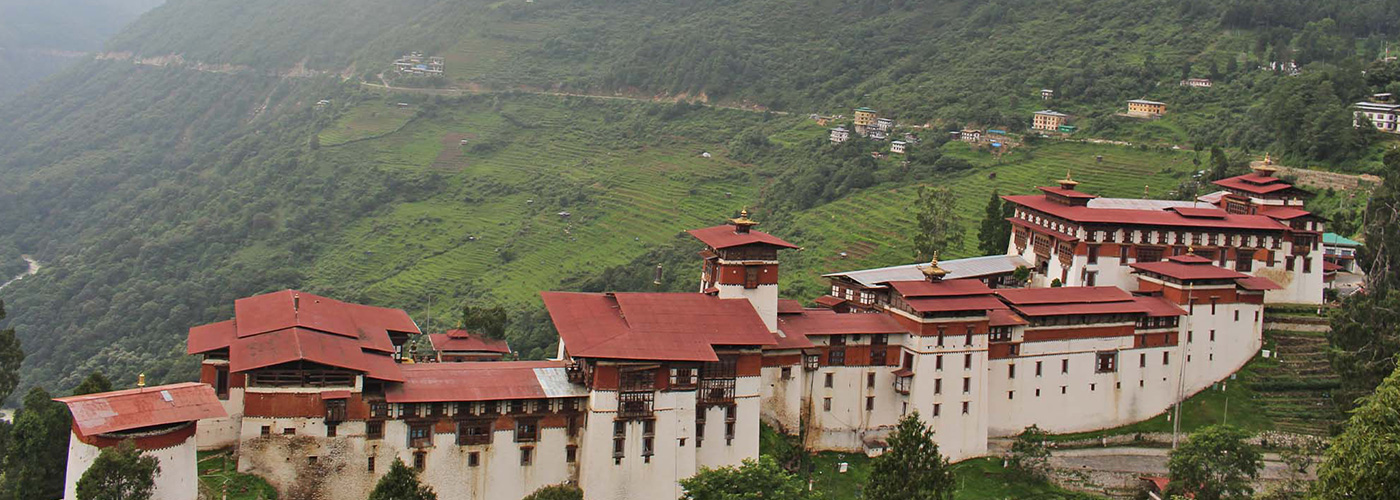
Trongsa Dzong:
The largest dzong in Bhutan, strategically located at the center of the country. It was the seat of power for the Wangchuck dynasty before they became kings.
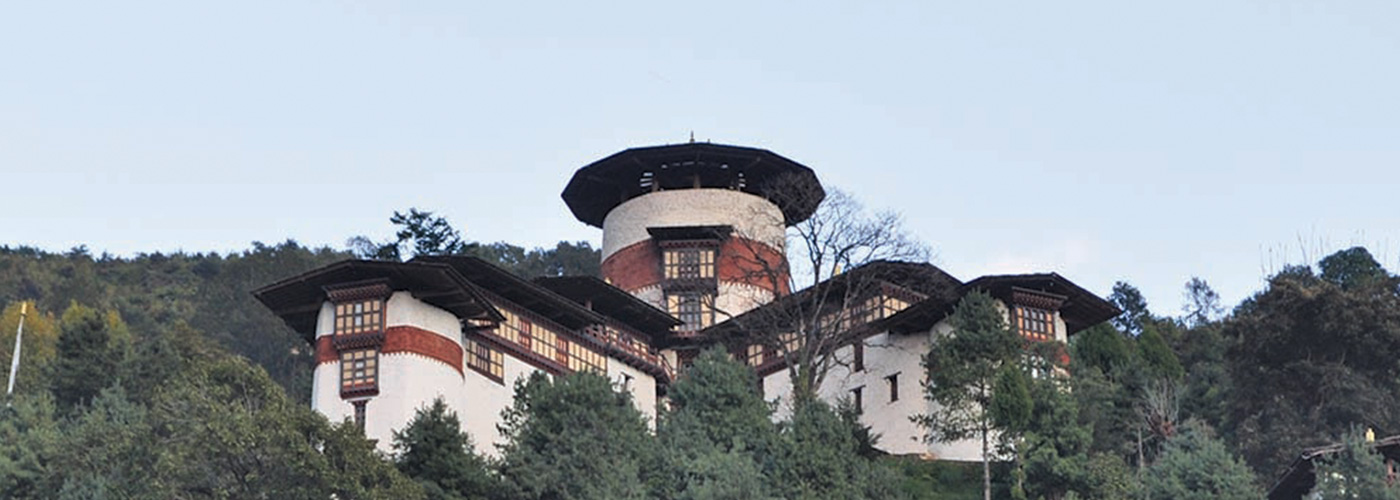
Ta Dzong:
A watchtower turned museum that showcases Bhutan's royal heritage, including artifacts and historical documents.
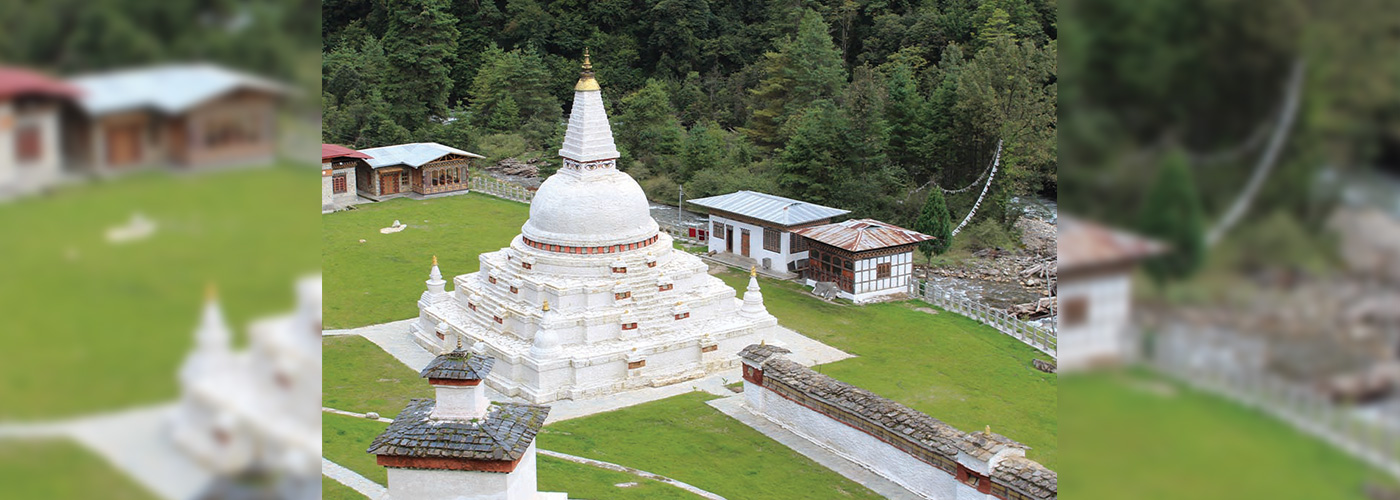
Chendebji Chorten:
A white stupa modeled after Nepal's Swayambhunath Stupa, located on the way to Trongsa.

Dochula Pass Dochula Druk Wangyal Chortens:
- A collection of 108 stupas built to honor Bhutanese soldiers who died in a 2003 battle against Indian insurgents.
- Druk Wangyal Lhakhang:
- A temple adorned with intricate murals depicting Bhutan's history and culture.
- Himalayan View
- On a clear day, the pass offers breathtaking views of the snow-capped Himalayas, including peaks like Gangkar Puensum, the highest unclimbed mountain in the world.
Jigme Dorji National Park
Biodiversity:
- The park is home to rare species like snow leopards, Bengal tigers, red pandas, and Himalayan blue sheep.
- Trekking:
- Popular treks include the Snowman Trek and Jomolhari Trek, which take you through pristine forests, alpine meadows, and remote villages.
- Hot Springs:
- The park is known for its natural hot springs, such as GasaTshachu, which are believed to have healing properties.
Other Notable Mentions
- Chele La Pass:
- The highest motorable pass in Bhutan, offering stunning views of the Himalayas and the Paro and Haa valleys.
- Zuri Dzong Trek:
- A short hike near Paro that takes you to an ancient fortress with panoramic views.
- Laya Village:
- A remote village in the north, known for its unique culture and the annual Laya Festival.
Why Visit Bhutan?
- Gross National Happiness: Bhutan prioritizes well-being over economic growth, making it a unique and peaceful destination.
- Sustainable Tourism: Bhutan follows a "high-value, low-impact" tourism policy, ensuring that its culture and environment remain preserved.
- Festivals: Bhutan's vibrant festivals (Tshechus) are a highlight, featuring masked dances, music, and religious rituals.
Some additional hidden gems and lesser-known but equally stunning destinations that you might want to include:
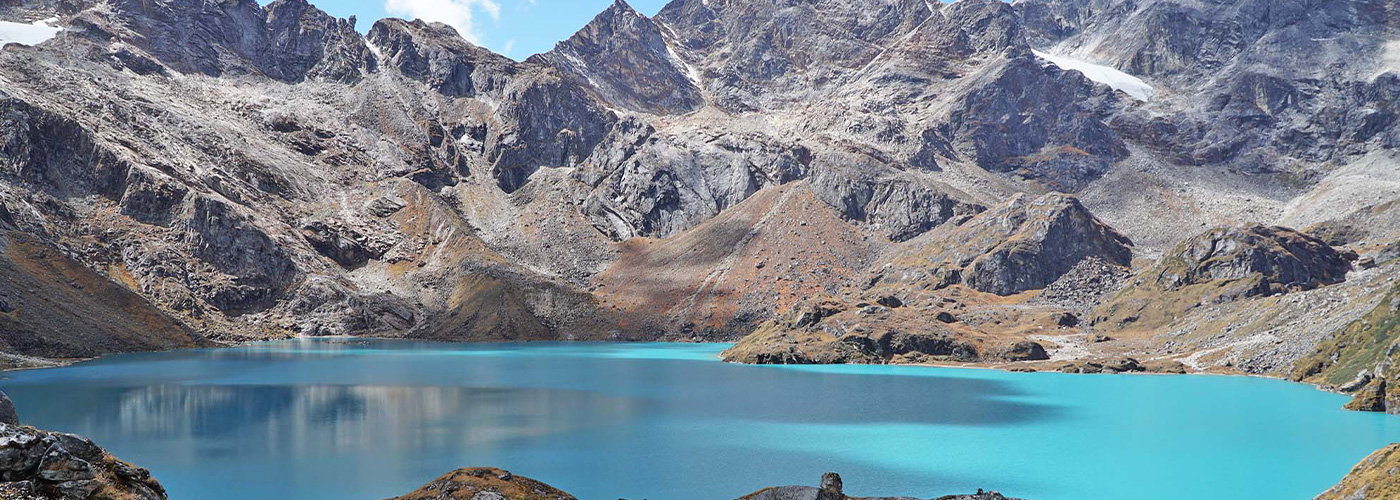
Lhuentse
- Lhuentse Dzong: A remote and stunning fortress located in the eastern part of Bhutan, known for its intricate woodwork and traditional architecture.
- Khomshar Village: Famous for its skilled weavers who produce the finest Bhutanese textiles, including the iconic kishuthara.
- Singye Dzong: A sacred pilgrimage site believed to be one of the hidden lands (beyul) blessed by Guru Rinpoche.
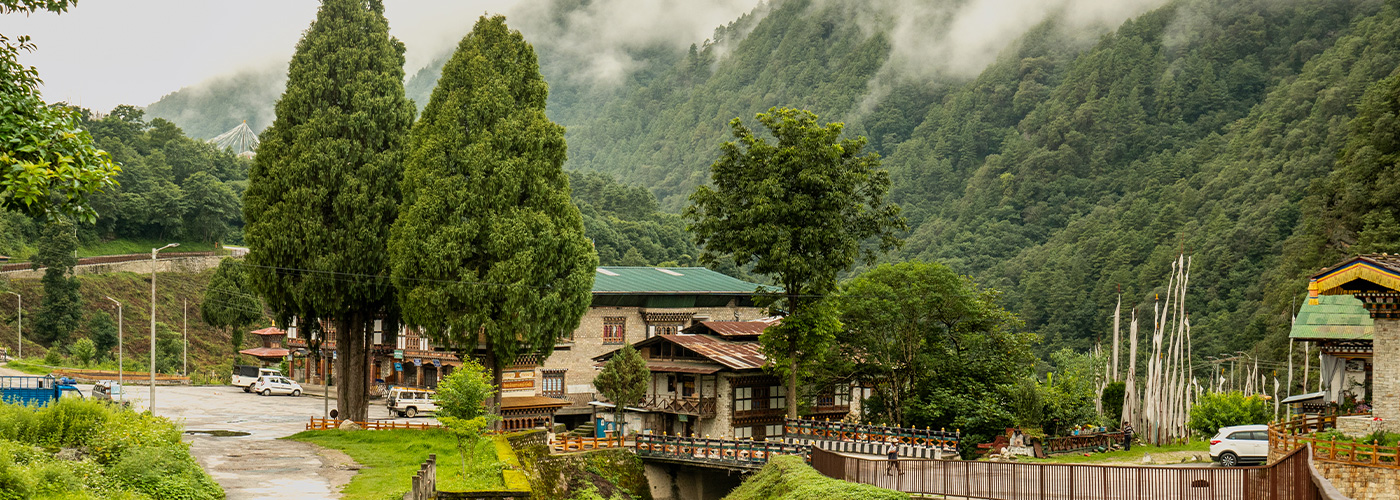
Mongar
- Mongar Dzong: A relatively modern dzong built in the 1930s, showcasing traditional Bhutanese architecture with a unique blend of eastern and western styles.
- Drametse Monastery: A UNESCO-listed monastery known for its sacred mask dances (Drametse Nga Cham) and spiritual significance.
- Zhongar Valley: A picturesque valley with terraced fields and traditional villages, offering a glimpse into rural Bhutanese life.
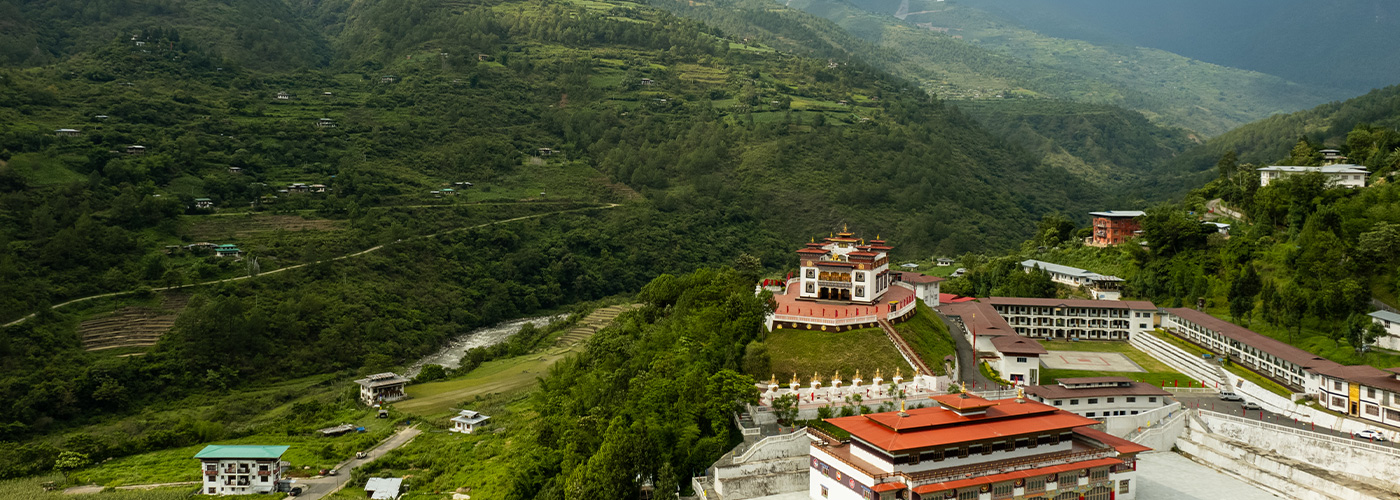
Trashigang
- Trashigang Dzong: Known as the "Fortress of the Auspicious Hill," it is the largest dzong in eastern Bhutan and a key administrative center.
- Gom Kora: A sacred temple where Guru Rinpoche is said to have meditated and subdued a demon. It is also the site of an annual festival.
- Radhi Village: Known as the "Rice Bowl of the East," this village is famous for its rice fields and skilled weavers.
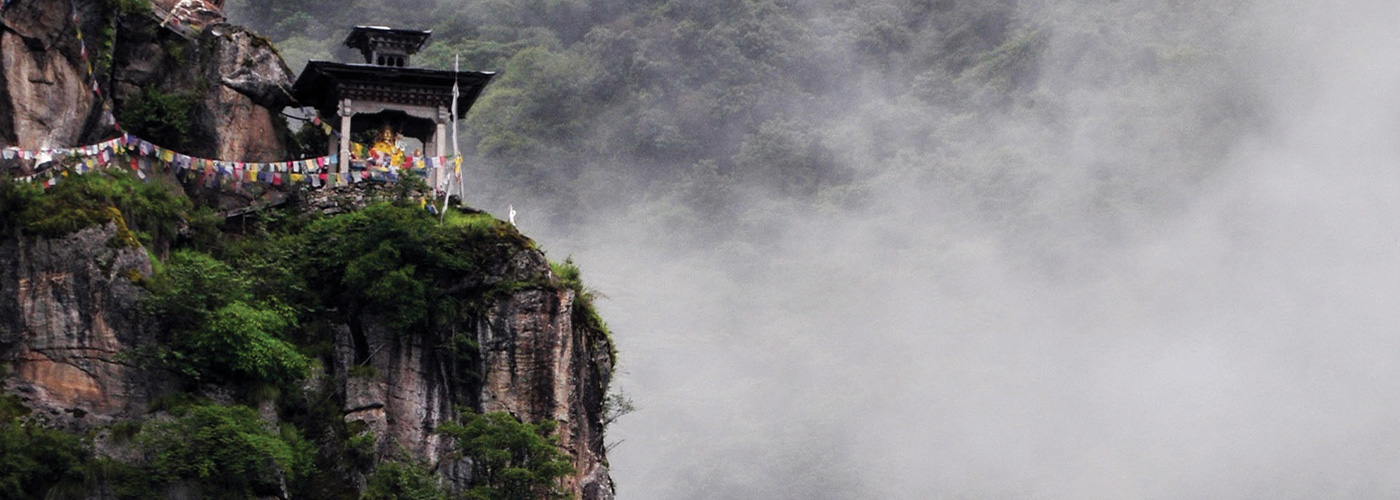
Trashiyangtse
- Chorten Kora: A stunning stupa modeled after Nepal's Boudhanath Stupa, built in the 18th century. It is a major pilgrimage site during the annual Chorten Kora Festival.
- Bomdeling Wildlife Sanctuary: A biodiversity hotspot home to black-necked cranes, tigers, and other rare species.
- Zorig Chusum Institute: A traditional arts and crafts school where students learn Bhutan's 13 traditional arts, such as painting, sculpture, and weaving.

Samdrup Jongkhar
- SamdrupJongkhar Town: A bustling town near the Indian border, known for its vibrant markets and cultural diversity.
- Dewathang: A historic site where Bhutan's first king, Ugyen Wangchuck, negotiated the Treaty of Sinchula with the British in 1865.
- ZangtoPelri Lhakhang: A beautiful temple dedicated to Guru Rinpoche, offering panoramic views of the surrounding landscape.
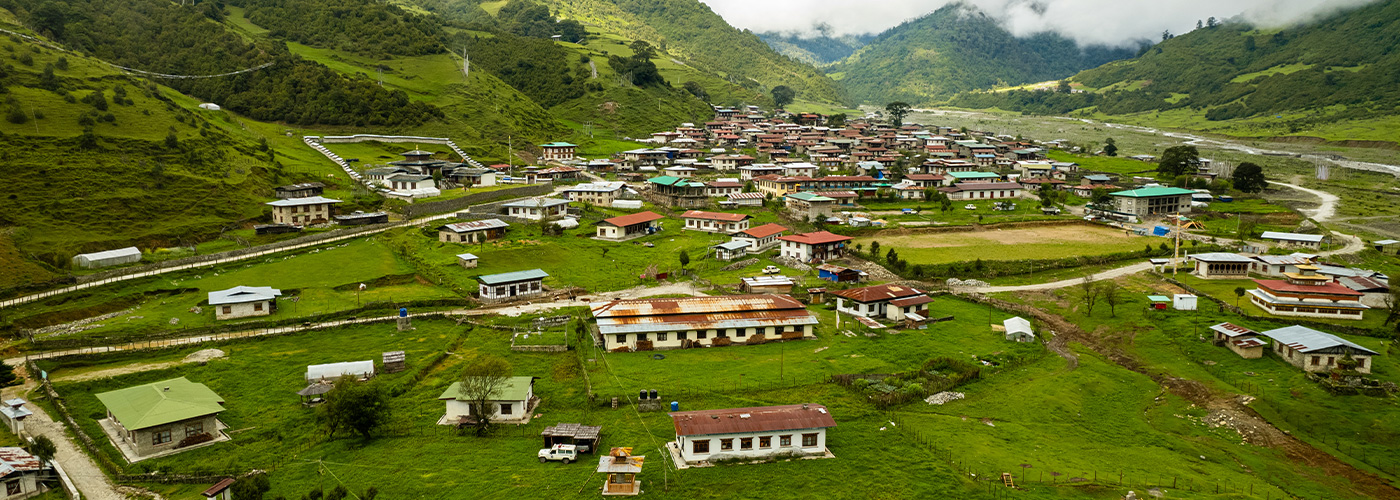
Sakteng Wildlife Sanctuary
- Sakteng Valley: A remote and stunning valley inhabited by the semi-nomadic Brokpa people, known for their unique culture and traditional yak herding.
- Merak Village: A picturesque village where the Brokpa people live, offering a glimpse into their traditional lifestyle and customs.
- Trekking: The sanctuary offers incredible trekking opportunities through pristine forests, alpine meadows, and remote villages.

Gasa
- Gasa Dzong: A small but picturesque dzong located in the northern part of Bhutan, surrounded by stunning mountain views.
- GasaTshachu (Hot Springs): One of Bhutan's most famous hot springs, known for its therapeutic properties and scenic location.
- Laya Village: A remote village in the Himalayas, home to the Layap people, known for their unique culture and traditional dress.
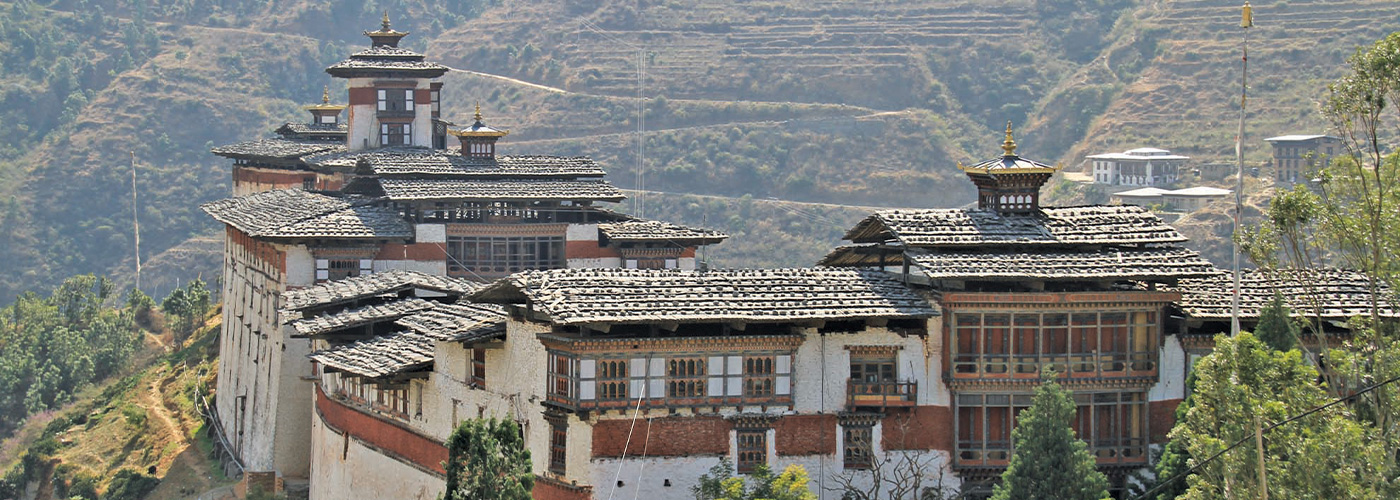
Dagana
- Daga Dzong: A historic fortress located in southern Bhutan, offering stunning views of the surrounding valleys and mountains.
- Tsezingkha Village: A traditional village known for its beautiful landscapes and warm hospitality.
- Dagala Thousand Lakes Trek: A challenging but rewarding trek that takes you through high-altitude lakes and stunning Himalayan landscapes.
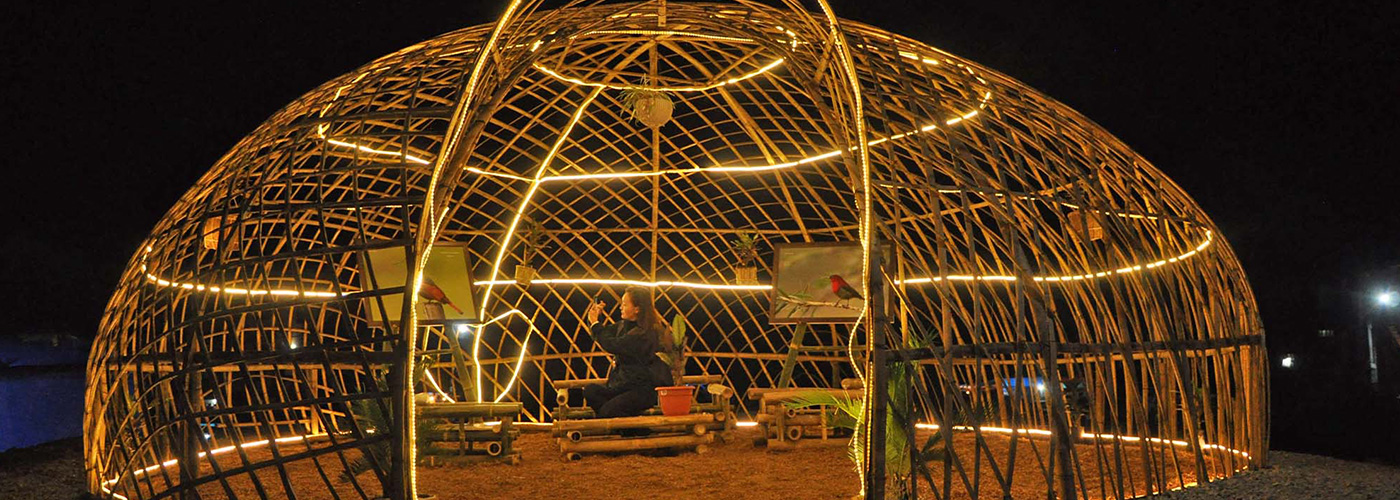
Zhemgang
- Zhemgang Dzong: A small but historically significant dzong located in central Bhutan, surrounded by lush forests and rivers.
- Royal Manas National Park: Bhutan's oldest national park, home to tigers, elephants, and other rare wildlife. It is also a UNESCO World Heritage Site.
- Kheng Villages: Traditional villages known for their unique culture, handicrafts, and warm hospitality.

Pemagatshel
- Pemagatshel Dzong: A small but beautiful dzong located in southeastern Bhutan, known for its peaceful atmosphere and stunning views.
- YurungChhoeling Palace: A historic palace that once belonged to Bhutan's royal family, offering a glimpse into the country's rich history.
- Nganglam Town: A bustling town near the Indian border, known for its vibrant markets and cultural diversity.
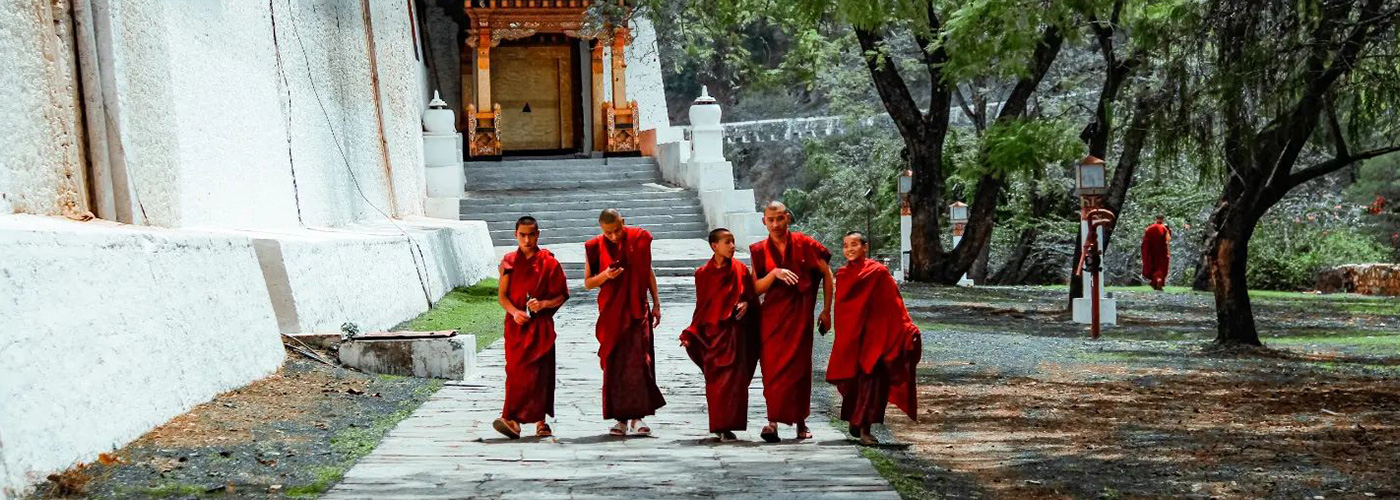
Samtse
- Samtse Town: A vibrant town near the Indian border, known for its cultural diversity and bustling markets.
- Tendu Monastery: A beautiful monastery located in the hills, offering stunning views of the surrounding landscape.
- Phuentsholing Border Town: A gateway to Bhutan, known for its vibrant markets and cultural diversity.

Haa Valley (Deeper Exploration)
- Katsho Village: A traditional village known for its beautiful landscapes and warm hospitality.
- Haa Summer Festival: A vibrant celebration of Bhutanese culture, featuring traditional dances, local cuisine, and displays of nomadic life.
- Dzongkha (Haa Dzong): A small but historically significant dzong located in the valley.
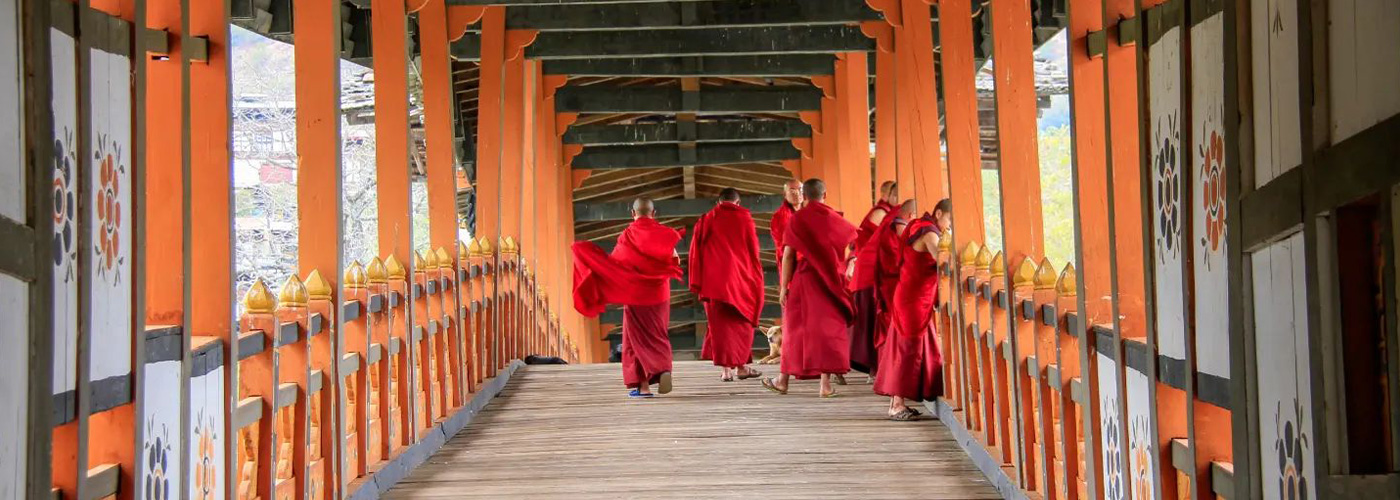
Nganglam
- Nganglam Town: A bustling town near the Indian border, known for its vibrant markets and cultural diversity.
- YurungChhoeling Palace: A historic palace that once belonged to Bhutan's royal family, offering a glimpse into the country's rich history.

Tashi Yangtse (Deeper Exploration)
- Chorten Kora: A stunning stupa modeled after Nepal's Boudhanath Stupa, built in the 18th century. It is a major pilgrimage site during the annual Chorten Kora Festival.
- Bomdeling Wildlife Sanctuary: A biodiversity hotspot home to black-necked cranes, tigers, and other rare species.
- Zorig Chusum Institute: A traditional arts and crafts school where students learn Bhutan's 13 traditional arts, such as painting, sculpture, and weaving.
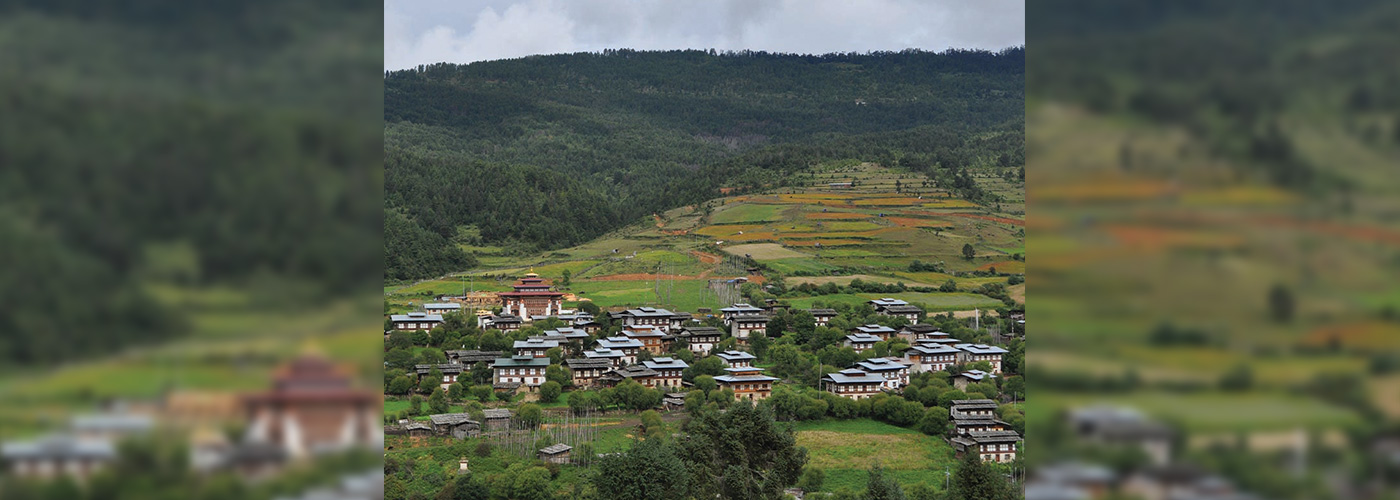
Ura Valley
- Ura Village: A picturesque village in Bumthang, known for its cobblestone streets, traditional houses, and vibrant festivals.
- UraYakchoe Festival: A colorful festival featuring traditional dances, music, and religious rituals.
- Ura Valley Trek: A scenic trek that takes you through lush forests, alpine meadows, and remote villages.